Guppies have been in home aquariums since the 1860s. They are known for their bright colors and lively nature. Guppies, also called Poecilia reticulata, started as help against mosquitoes. Now, they are a favorite fish for many.
Guppies come in a wide range of colors, patterns, and fin shapes. These options differ in price, depending on the breeder. To keep guppies healthy, you need to know how to care for them well.
I will be your guide in guppy care. I will teach you everything from tank maintenance to overall care. Guppies are loved for how simple they are to breed and for their beauty.
But, they need your care to stay healthy. Making a good home for them is more than just love. It involves both science and art in caring for fish.
Table of Contents
Guppy Fish Care: Key Takeaways
- Understand the historical charm of guppies and their journey from pest control to prized aquarium pets.
- Discover how the right knowledge and environment can prolong the health and vibrancy of your guppy fish.
- Learn the significance of dedicated guppy fish care tips to prevent common mistakes in tank maintenance.
- Explore the intricacies of maintaining guppy fish tank conditions to mirror their natural habitat for optimal well-being.
- Embrace the rewarding experience of guppy care essentials, enhancing both the beauty of your aquarium and the quality of life for its inhabitants.
Introduction to Vibrant & Energetic Guppies
The allure of guppy fish, also known as million fish or rainbow fish, is strong in the aquarium community. They come in a myriad of vibrant colors and tail shapes, captivating and delighting fish enthusiasts.
Native to freshwater streams and rivers in parts of South America, the Caribbean, and Central America, guppies are renowned for their iridescent beauty and their ability to thrive in home aquariums. Hobbyists appreciate them not only for their striking appearance but also for their lively and interactive personalities.
To do well with guppy fish, you need to understand their behavior. These active, fast-reproducing fish are a top pick for many breeders. We’ll talk about setting up a guppy fish tank and share guppy breeding tips to help you succeed with these friendly fish.
| Aspect | Details |
|---|---|
| Tank Setup | A well-structured setup with adequate filtration and lighting, accommodating the active nature of guppies. |
| Behavioral Traits | Guppies exhibit a complex mating dance and are known for their sociability within the tank. |
| Breeding Tips | Maintain a higher ratio of females to males to prevent stress and ensure healthier offspring. |
| Popularity Reasons | Easy to care for, with a wide range of colors and patterns that appeal to a broad audience. |
If you’re starting your first guppy fish tank or want to get better at breeding, these tips are for you. Guppies, known as vibrant livebearers, bring fun and joy to many fish keepers. Enjoy learning and caring for these little wonders.
Setting Up the Ideal Guppy Fish Tank
Creating the perfect environment for guppies means knowing how to set up their home. I’ll show you the key steps. You’ll learn about guppy care, keeping the tank clean, the right water levels, and choosing friends for your guppies.
Aquarium Size and Capacity for Thriving Guppies
The size of the tank is very important for guppy fish care. A 5-gallon tank is good for a few active guppies. But, since they have lots of babies, a 10- to 20-gallon tank is better. This size helps keep the water clean too.
Optimal Water Parameters for Guppy Well-being
Guppies need specific water conditions to be happy. This means the water should be at least 7.0 pH, hard, and warm, between 76 to 78°F. Use a heater and check the water regularly to keep it right.
Creating a Natural and Comfy Habitat
Adding live plants to the tank makes it look good and gives baby guppies a place to hide. Java moss is great for this. Only pick friends for your guppies from the fish that are calm and friendly. That way, everyone in the tank gets along.
Here’s a quick summary about taking care of guppies:
| Feature | Details | Benefits to Guppies |
|---|---|---|
| Aquarium Size | 10-20 gallons | Allows ample space for swimming and reduces stress |
| Water pH | 7.0 or higher | Supports optimal health and vitality |
| Temperature | 76-78°F | Encourages a healthy metabolism and lifespan |
| Tank Mates | Peaceful, non-aggressive species | Ensures a harmonious living environment |
Guppy Fish Care Essentials
Being an aquarium lover, I’ve discovered something about maintaining a guppy fish tank. It takes careful steps to keep guppies healthy and happy. Their colorful looks and active breeding need special care. Here’s how to do it right.
Knowing the difference between male and female guppies is crucial for guppy care essentials. Males are vivid and showy, while females are bigger and care for the young. Together, they make a dynamic tank ecosystem.
Keeping the water clean is key in guppy care. They do well in clean water. It’s also essential to check the water often. Making sure the pH is right and pollutants are low keeps guppies in top shape.
- Test the water weekly for pH and nitrate levels
- Change 25% of the water every two weeks to remove toxins
- Use a good filter to keep the water clean and moving
| Requirement | Males | Females |
|---|---|---|
| Coloration | Vibrant and varied | Muted |
| Size | Smaller | Larger |
| Role | Display and breeding | Breeding and nurturing fry |
| Dietary Needs | High protein | Balanced diet with frequent feeding during gestation |
Feeding guppies right is as important as clean water. They need food that helps them grow and breed. Good nutrition boosts their health and breeding success.
To sum up, best practices for guppy care mean making a home like their natural one. This keeps them happy and makes keeping guppies rewarding.
Feeding Guppy Fish: Schedules and Diet
Keeping guppies in top health relies heavily on their diet. It’s critical to feed them the right foods. And, it’s just as vital to understand when and how often they should eat.
Establishing a Balanced Diet for Guppies
Guppies need a varied diet. This includes flakes, pellets, and treats like bloodworms. Such variety keeps them healthy and stimulates their natural activities.
Feeding them the right food, such as Easy Fry and Small Fish Food, is key. These foods are made for tropical fish and are of high quality.
Appropriate Feeding Frequency to Avoid Overfeeding
It’s easy to overfeed guppies. You should only give adults food they can eat in a minute, once or twice daily. But, for baby guppies, they need more meals to grow well.
It’s important to monitor your guppies while they eat. This way, you can adjust their diet as needed to keep them healthy.
Monitoring what your guppies eat is crucial. We provide a table below to help you choose the best foods for your guppies. These foods support guppies of all ages.
| Food Type | Key Ingredients | Benefits | Suitable For |
|---|---|---|---|
| High-Quality Flake Food | Salmon, vitamins, trace minerals | Improves coloration, energy | All ages |
| Brine Shrimp | High protein | Aids digestion, enhances growth | Adult Guppies |
| Pellets | Plant and animal derivatives | Complete nutrition, easy to digest | Fry and juveniles |
| Frozen Bloodworms | Protein-rich, iron | Encourages natural predation behavior | Adult Guppies |
To care for guppy fish, watch their feeding habits closely. The right diet and feeding times keep your guppies happy and healthy. Following these guidelines ensures a great life for your guppies.
Understanding the Social Behavior of Guppy Fish
Guppy fish are amazing to watch, thanks to their lively and friendly nature. They are not only beautiful but also enjoy connecting with others in the tank. It’s crucial to choose guppy tank mates wisely to have a happy and healthy underwater community.
Females can have baby fish every 30 days. This means that creating good hiding spots in the tank is important. It helps keep baby fish safe from any fish that might want to harm them. Plus, male guppies are very colorful and energetic. They dance to impress the females, making the tank a fun place to watch.
Choosing the right friends for guppies in the tank is very important. The best tank mates need to like the same water and be peaceful. This makes sure the guppies not only survive but also really enjoy their home.
Giving guppies the right care, water, and friends is key to their happiness. When all these factors are in place, fish keepers will see a joyful and healthy community. Watching the guppy fish world can be a delight.
Caring for Guppy Fry: From Birth to Adulthood
Caring for guppy fry from birth is very important. Their needs must be looked after carefully. This ensures they grow to be healthy, colorful adult guppies.
Initial Care for Newborn Guppy Fry
Right after birth, guppy fry need a safe place to grow. The water should be clean and at the right temperature and pH. All this keeps them stress-free and healthy.
Feed them with specialized fry food or crushed flakes so they can eat easily. This helps them grow fast and become strong. A strong diet boosts their immune systems.
Transitioning Fry to the Community Tank
As guppy fry get bigger, you can move them to the main tank. This move needs attention. Watching how they interact with the big guppies is key. It’s good to let them build up in a nursery first. This keeps them safe and ready.
Below, I’ve detailed the essential parameters I maintain for the fry during their early stages, illustrated in a comprehensive comparative table:
| Parameter | Initial Stage | Community Tank |
|---|---|---|
| Temperature | 78-80°F | 76-78°F |
| pH Level | 7.2-7.6 | 7.0-7.4 |
| Food Type | Specialized Fry Food, Finely Crushed Flakes | Varied Diet, Suitable for All Ages |
| Feeding Frequency | 4-5 times a day | 2-3 times a day |
To sum up, raising guppy fry aims to make them strong and self-sufficient. It takes time, a watchful eye, and making changes if needed. Learning about how to breed and care for these fish is crucial. It ensures they do well in the long run.
Maintaining Optimal Tank Conditions
Keeping guppy fish healthy starts with a clean tank. Good guppy tank maintenance is key for their health. It helps them avoid sickness and live well.
Regular Cleaning and Water Changes
It’s critical to keep the tank clean for your guppy fish. You should change some water often to keep it fresh. A 25% water change every two weeks is a good start, but adjust for your tank’s size and how many fish you have.
Monitoring Filtration and Aeration Systems
Filtration keeps the water clear by removing waste. Sticking to a gentle flow is important because guppies like calm water. Adding more oxygen through aeration is crucial, too. It keeps the water filled with life-sustaining oxygen, especially in tanks with lots of fish.
Tracking Water Parameters for Guppy Fish is a must. Here are the best water conditions for them:
| Parameter | Optimal Range |
|---|---|
| pH Level | 7.0 – 7.8 |
| Hardness (dGH) | 8-12 |
| Temperature | 72°F – 82°F |
Keeping these factors in check makes a comfortable home for guppies. Regular checks with a good test kit will tell you how things are going in your tank.
Mastering Guppy Fish Breeding Practices
Looking to get better at breeding guppies? It’s key to have a good mix of male and female guppies. This cuts down on stress among the females and boosts breeding success. For beginners in guppy breeding tips, remember, a clean environment is a must. Do frequent water changes and keep the water quality high. This helps your fish stay healthy and reproduce well.
Ever wondered how to care for guppy fish? A varied diet is vital. Quality food is essential, especially during breeding. Good feeds lead to health and energy. With top care and nutrition, guppies glow with color and act beautifully. Watching them is a real delight.
| Age of Fry | Color Development | Breeding Readiness |
|---|---|---|
| 0-2 months | Initial hues appear | Too young for breeding |
| 3 months | Brighter and more distinct | Observation needed |
| 4 months and older | Fully developed colors | Ready for breeding |
After many years, I’ve fine-tuned my guppy fish breeding tips. It’s more than the basics; it’s about learning and adjusting. As baby guppies grow, so do their care demands. Knowing these changes is crucial for those passionate about guppy breeding tips. It’s the key to success and watching your fish flourish.
Troubleshooting Common Guppy Fish Diseases
Guppy fish are known for their bright colors. But they are not immune to health problems. Knowing about the diseases they can get is crucial. So is taking care of them properly to keep your tank healthy. We’ll talk about signs, care, and preventing health issues in guppies in this guide.
Identifying Symptoms and Early Warning Signs
If you see your guppies acting oddly or looking strange, it could be a sign of sickness. Keep an eye out for things like not swimming, colors that are not as bright, or fins that look worn. Finding health issues early makes them easier to treat. It also protects the other fish in your tank.
Effective Treatment and Disease Prevention Strategies
To stop guppy fish from getting sick, manage their tank really well. This means checking and cleaning the water often, feeding them right, and keeping stress low. If they do get sick, you can use general medicines first. Then, use the right medicine for the specific disease they have.
| Disease | Symptoms | Treatment | Prevention |
|---|---|---|---|
| Ich | White spots, clamped fins | Increased temperature, copper-based medications | Quarantine new fish, maintain water quality |
| Fin Rot | Fraying or disintegrating fins | Antibacterial fish medicine, improve tank condition | Regular tank cleaning, correct diet |
| Fungal Infections | Cotton-like growths | Antifungal treatments | Avoid overfeeding, reduce fish stress |
The Fascinating Anatomy of Guppy Fish
The allure of guppy fish lies in more than just their male and female differences. Their bright colors and patterns are why they are so popular in aquariums worldwide.
Distinguishing Male and Female Guppies
To tell male guppies apart from females, first look at their size and shape. Males are smaller and slimmer with vivid colors. They have a special fin for mating called the gonopodium. Females, on the other hand, are usually larger with duller colors. These traits help in breeding management.
The Exquisite Variety of Colors and Patterns
Guppy fish come in many colors, from bright blues to deep reds. There are also unique patterns like snakeskin and leopard spots. These features come from natural selection and breeding by fish keepers to make them even more beautiful.
Compared to other fish, guppies can live a decently long life, sometimes reaching 2-3 years. Good care can even extend their lives. This underlines the need for a proper diet, the right tank setup, and regular check-ups to keep them healthy.
Guppy Fish Lifespan and Health Optimization
Being a huge fan of fish tanks, providing top-notch care for guppies is key. I want to go beyond the usual 2-3 years of life. A big part of keeping guppies healthy is managing their home just right. This means keeping the water at a perfect temperature. It boosts their growing power and how often they have babies. Also, feeding them food that’s top quality is a must for their health.
Making their home feel like their real spot in nature is crucial. Guppies like a variety of water temps. But, even small changes can affect how fast they grow or how long they live. I’ll share the tricks I’ve learned in a useful table. They are great for guppy fish care guide use:
| Condition | Impact on Guppy Health | Optimal Care Tips |
|---|---|---|
| Water Temperature | Accelerates growth but may decrease lifespan if too high | Maintain between 72°F to 78°F |
| Water Quality | Poor quality can lead to stress and disease | Regular water changes and filtration checks |
| Nutritional Diet | Directly influences health and color vibrancy | High-quality flake foods, occasional brine shrimp or bloodworms |
Using these tips for optimal guppy fish care boosts their health and keeps their colors bright. It may even make them live longer. Watching over these areas closely helps maintain a good environment for these lively fish.
Choosing Compatible Tank Mates for Guppies
I love my guppy fish tank and aim for a peaceful community. It’s vital to pick the right friends for the guppies to keep harmony. This makes the tank not just a home but part of a lively world. I’ve found that the core step is to match the guppies with the right species.
Peaceful Fish Species That Coexist with Guppies
For a guppy tank, I select peaceful species. Cory catfish are my go-to since they stay at the bottom and help keep it clean. Neon tetras, who glow brightly, also fit in well. They’re active but avoid trouble, adding life to the tank without bothering the guppies. This approach creates a serene place where all can live happily.
Tips for Introducing New Tank Mates
Adding new fish needs patience. I slowly get them used to the water to avoid shocks. It’s crucial to have enough room in the tank for everyone to prevent fights. Following these steps has let me grow a beautiful and healthy fish community.
FAQ
How should I set up a guppy fish tank?
What are the optimal water parameters for guppy fish well-being?
What do guppies eat and how often should I feed them?
How can I identify a sick guppy fish?
What guppy fish breeding practices should I follow?
What are some compatible tank mates for guppies?
How do I maintain the guppy fish tank and keep the water clean?
How can I differentiate between male and female guppies?
What should I know about guppy fish behavior?
How do I care for newborn guppy fry?
I am a passionate aquarist with over 30 years of hands-on experience in fishkeeping. My journey began at a young age, collecting fish from the wild and learning through experimentation. Specializing in tropical fish, I bring a deep understanding of the hobby to FishKeepingMadeSimple. The site provides honest, detailed reviews of essential products and accessories to help fellow enthusiasts create the best environments for their fish.

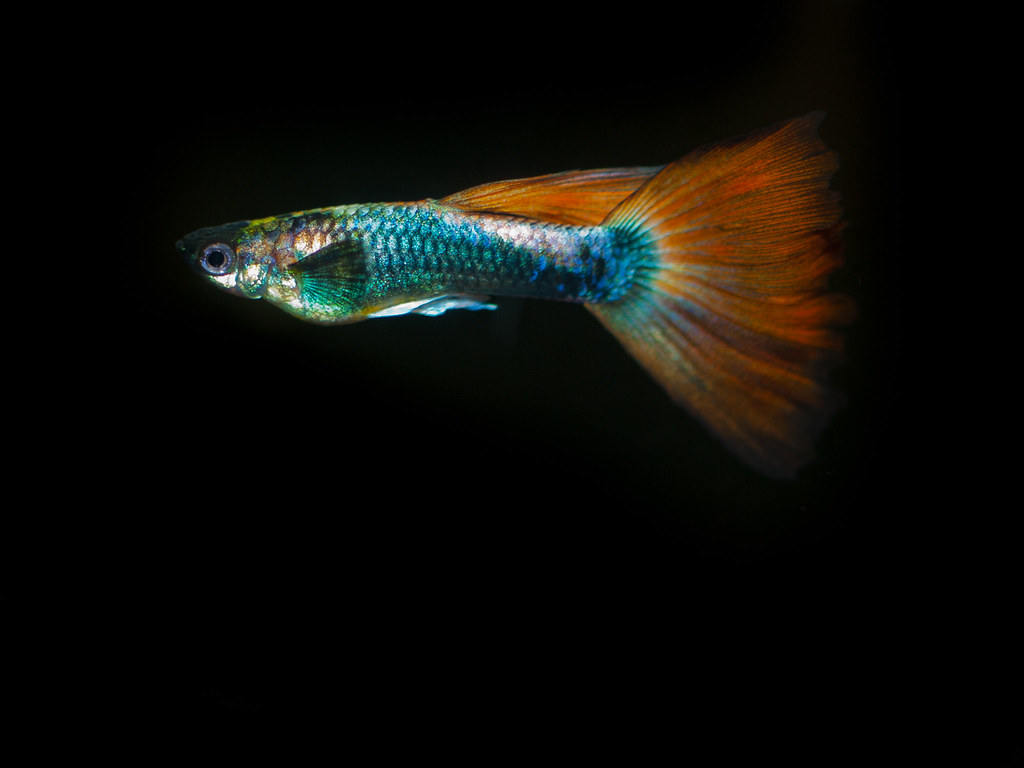
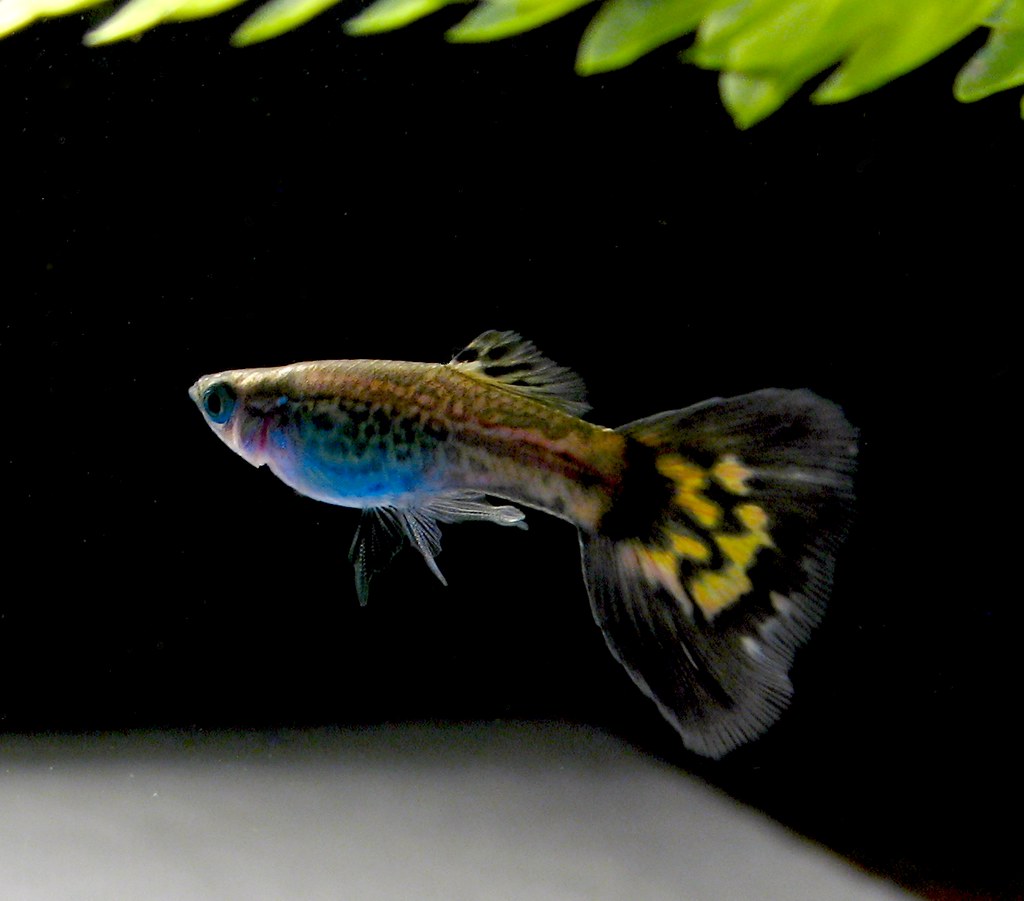
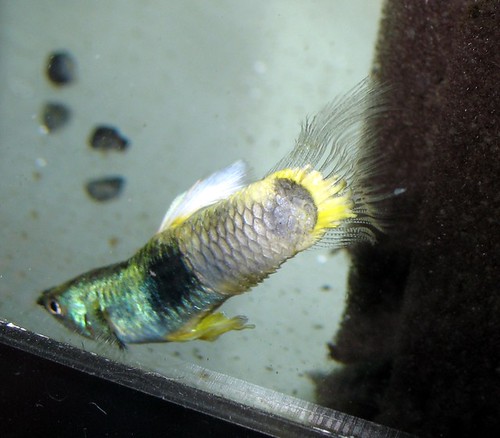
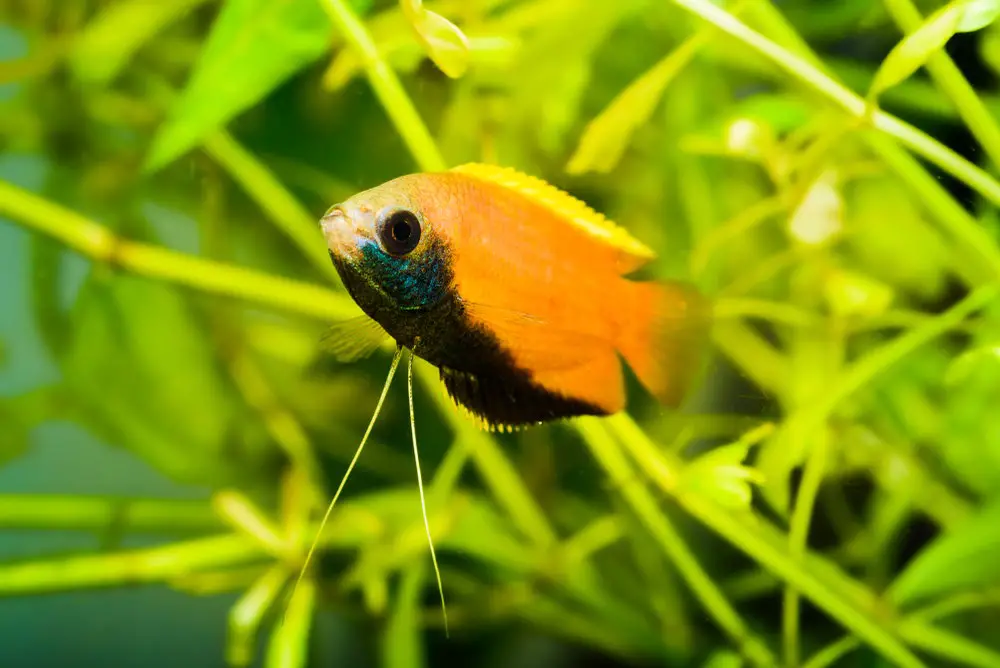
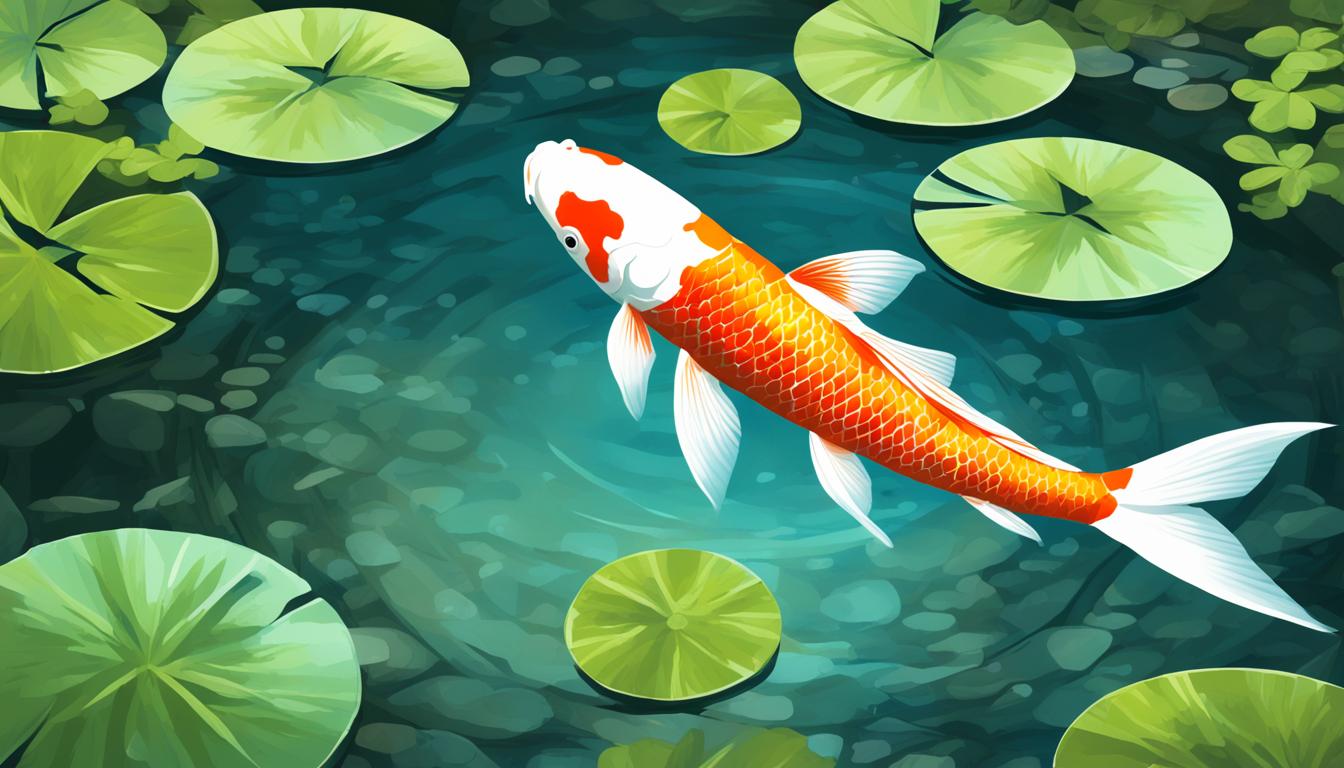

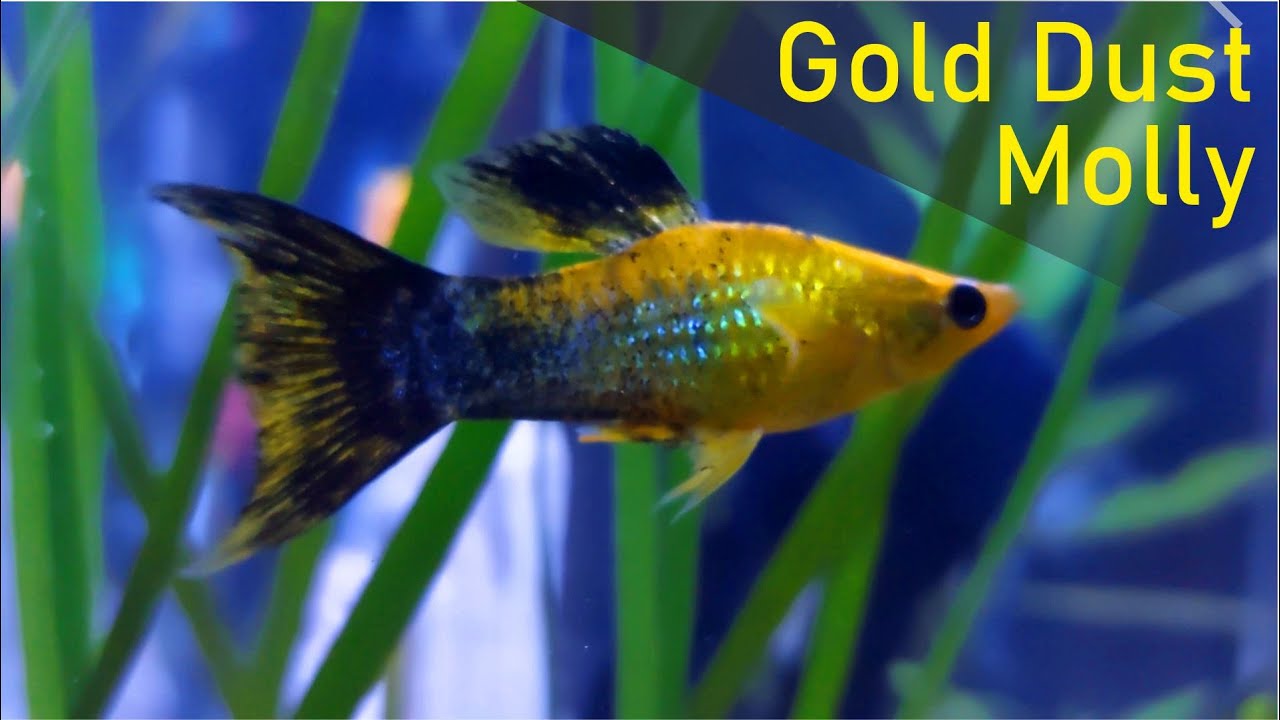
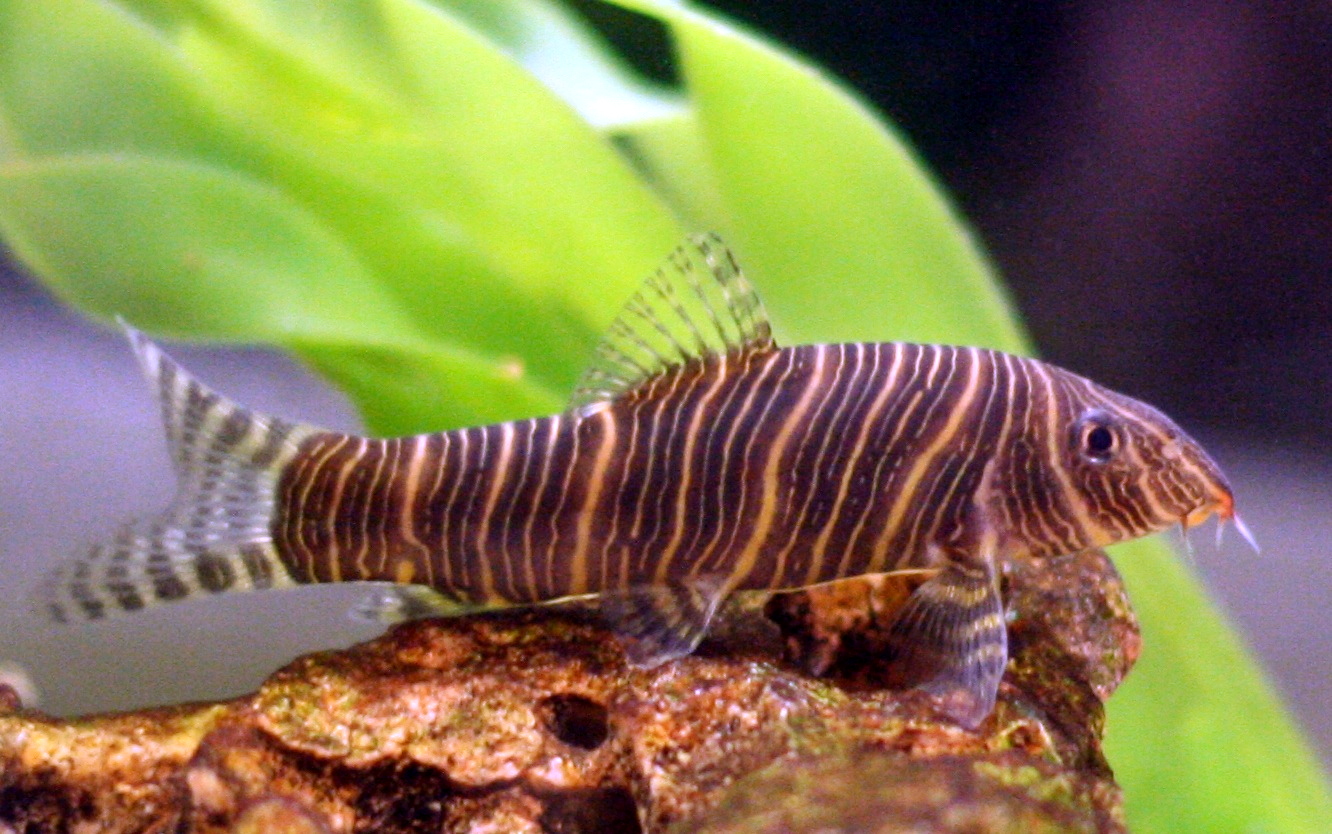
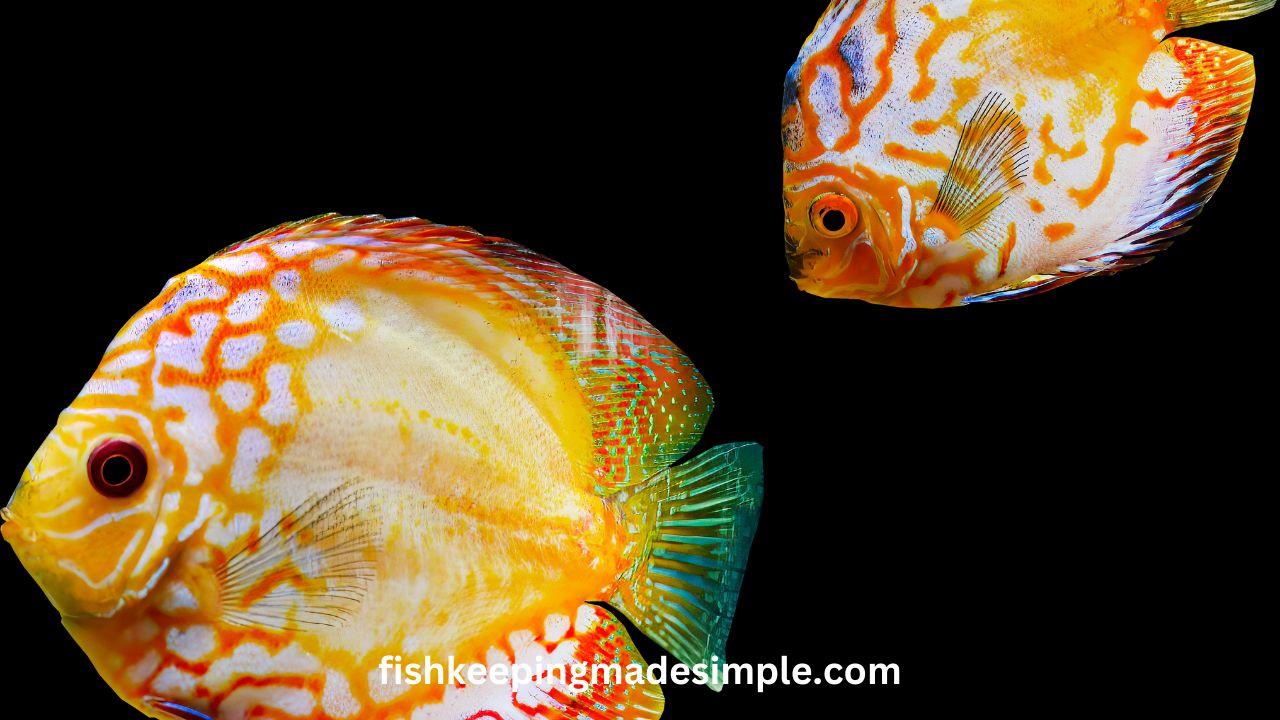

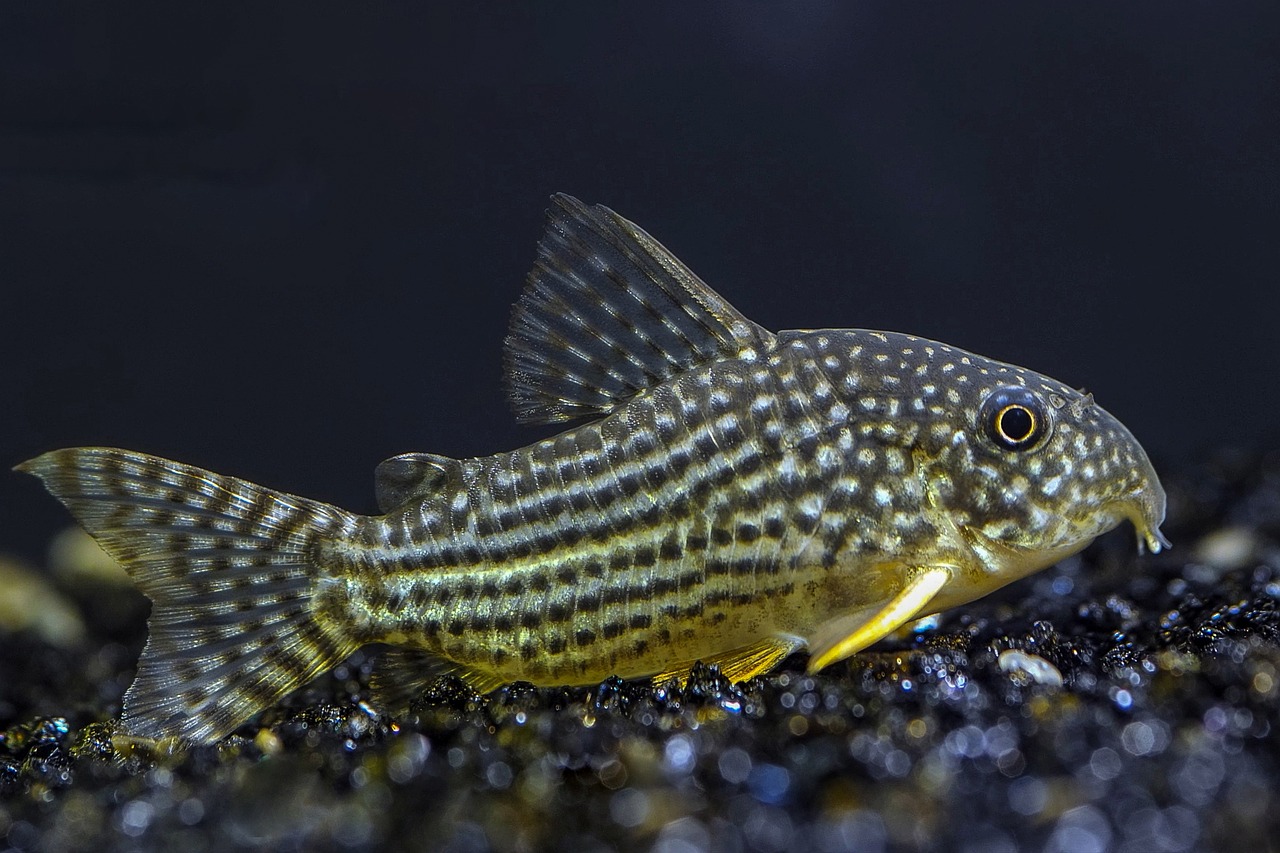
[…] wellbeing of this beautiful fish. In this section, we’ll discuss the tank size requirements, water quality parameters, filtration and circulation systems, and suitable tank mates for Tomini […]
[…] foods like algae wafers ensures a well-rounded diet. Avoid overfeeding to maintain good water quality and prevent health […]
[…] stable water quality is crucial for the health and molting process of Caridina […]
[…] your filter clean is crucial for your shrimp’s health. Regular maintenance helps keep the water quality high. By taking care of your shrimp and their home, you can make a happy and healthy environment […]